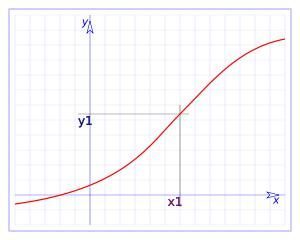 In the field of botany is called with the term of sap to that liquid that is characterized by a thick consistency and that circulates through the conducting vessels of the plants. Its main function is to nourish the plant in question.
In the field of botany is called with the term of sap to that liquid that is characterized by a thick consistency and that circulates through the conducting vessels of the plants. Its main function is to nourish the plant in question.
Meanwhile, the conduction tissues are the xylem and phloemTogether, both the xylem and the phloem make up a continuous transport network of sap that completely crosses the plant organism.
The sap that circulates through the xylem from the roots to the leaves through the woody tubes is popularly called raw sap and is composed of water, minerals and phytoregulators which are products that are responsible for regulating the growth of a plant, mostly plant-type hormones that are concerned, either stimulating or suspending development in the roots or aerial parts.
The circulation of the raw sap through the plant is based on the so-called theory of cohesion-tension, proposed by the physicist John Joly. It proposes intermolecular attraction as a trigger for the trip made by the liquid in an upward direction and counteracting the force of gravity.
Then the brewed sap will be transported through the phloem in a basipetal manner, that is, from the place where the leaves and stems form in the direction of the root. It should be noted that the sap that passes through the phloem is also composed of phytoregulators, minerals and sugars. In this case, the sap will be transported from the place where the carbohydrates are generated and stored to the place in the plant where they will be used.
Plants also secrete other liquids such as: latex, resins and cerumen Although they are often called sap, it is not correct that this is the case because they are not.









